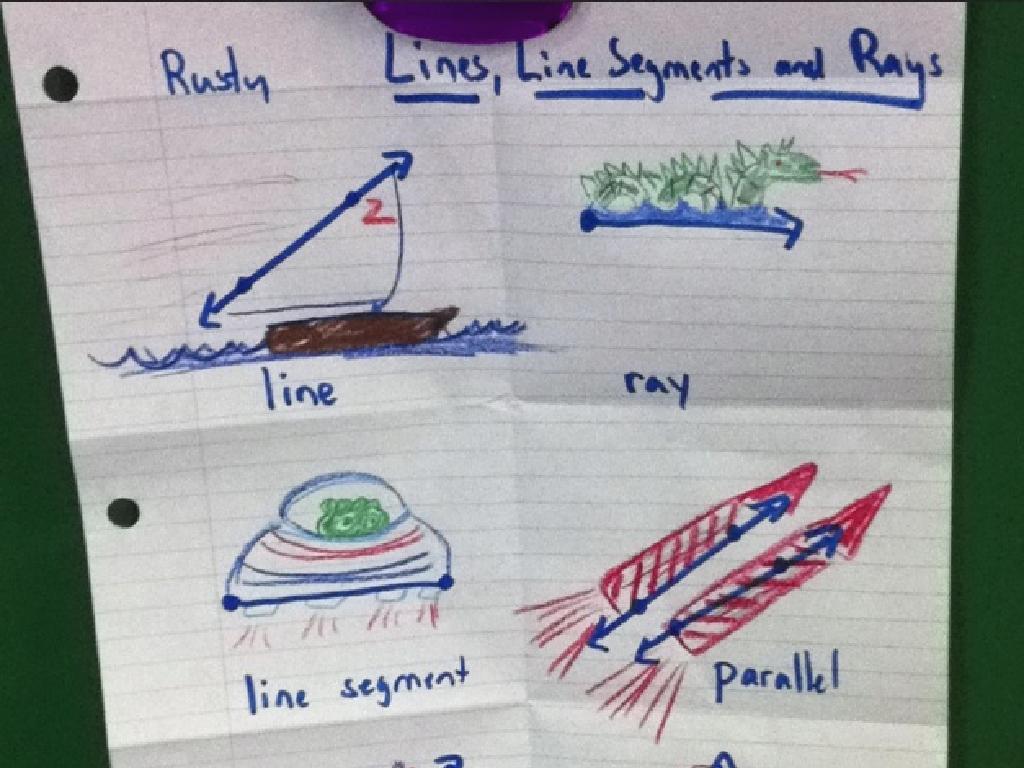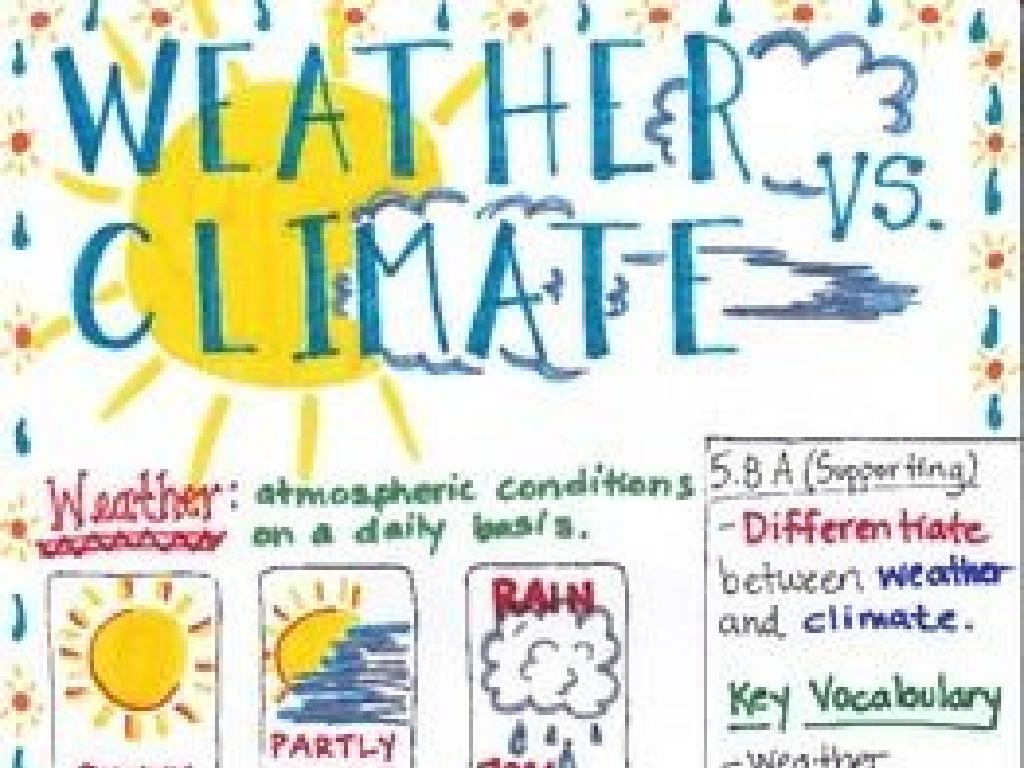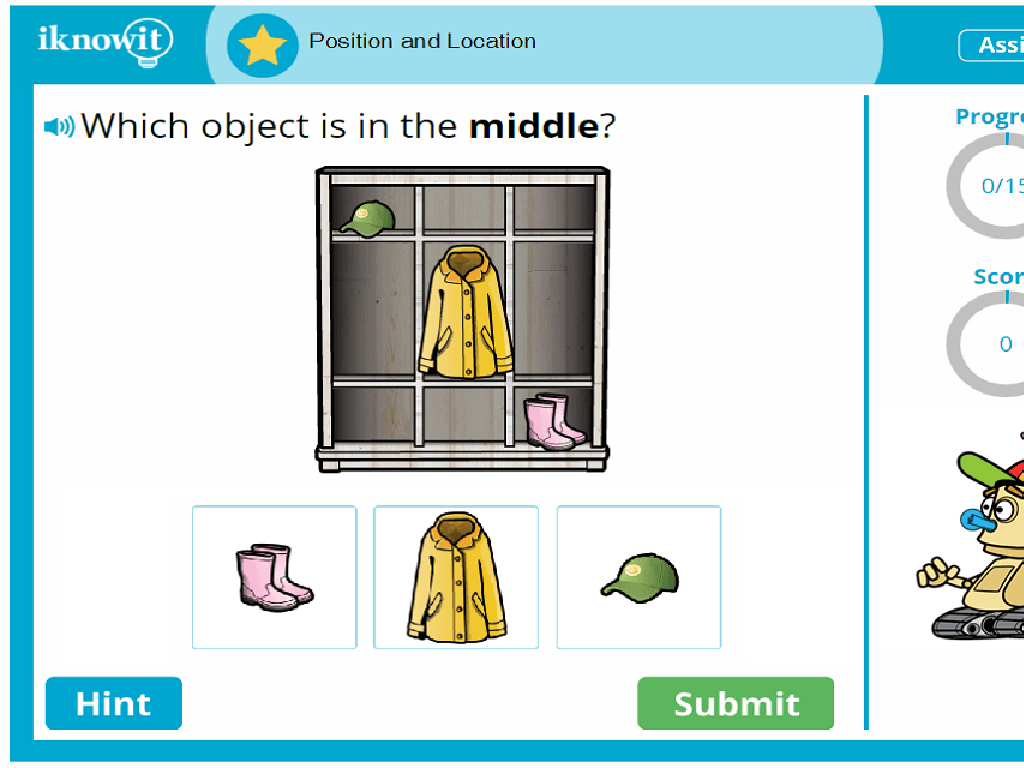The Reformation
Subject: Social studies
Grade: Seventh grade
Topic: Early Modern Europe
Please LOG IN to download the presentation. Access is available to registered users only.
View More Content
The Reformation: A Turning Point in European History
– Early Modern Europe intro
– Today’s focus: The Reformation
– The Reformation’s impact
– Changed religious, cultural, social landscapes
– Why The Reformation matters
– Set the stage for modern Europe, freedom of belief
|
This slide introduces students to the period of Early Modern Europe with a specific focus on The Reformation. The Reformation was a pivotal event that reshaped the religious, cultural, and social landscapes of Europe, leading to the fragmentation of the Catholic Church and the emergence of Protestantism. It’s important to convey the lasting significance of The Reformation, as it set the stage for the development of modern Europe and the concept of freedom of belief. Encourage students to think about how The Reformation might have affected European society and governance, as well as its influence on the relationship between church and state.
Understanding The Reformation
– Define The Reformation
– A 16th-century movement for religious reform, altering the Catholic Church.
– The Reformation’s impact
– It led to the creation of Protestant churches.
– Key figures: Luther, Calvin, Henry VIII
– Martin Luther’s 95 Theses, Calvin’s Institutes, Henry VIII’s Anglican Church.
– Reformation’s legacy in religion
– It reshaped religious and political structures across Europe.
|
The Reformation was a pivotal religious movement in the 16th century that sought to reform the Catholic Church’s practices, leading to the rise of Protestantism. Key figures like Martin Luther, John Calvin, and Henry VIII played significant roles in shaping the movement. Luther is known for his 95 Theses, which criticized Church practices. Calvin contributed with his theological writings, and Henry VIII established the Church of England. This movement not only changed the landscape of Christianity but also had profound socio-political implications that influenced the course of European history. Encourage students to explore how these figures’ actions continue to impact modern religious practices.
Causes of The Reformation
– Corruption in the Catholic Church
– Sale of indulgences, absentee bishops, and lavish lifestyles led to calls for reform.
– Printing press impact
– The printing press helped disseminate critical ideas quickly and widely.
– Public dissatisfaction
– People were unhappy with practices like indulgences and perceived greed.
– Calls for change
|
This slide aims to introduce students to the main causes that led to the Reformation in Early Modern Europe. Discuss how corruption within the Catholic Church, such as the sale of indulgences and the opulent lives of the clergy, sparked a desire for change. Highlight the significant role of the printing press in spreading reformation ideas, which allowed for faster and broader dissemination of critical thoughts against the Church. Address the general public’s dissatisfaction with the Church’s practices, which was a reflection of the growing desire for religious and economic reforms. Encourage students to think about how these factors could have influenced individuals’ perspectives and led to widespread calls for change.
Martin Luther’s 95 Theses
– Exploring who Martin Luther was
– A monk who questioned the Catholic Church’s practices
– Understanding the 95 Theses
– A list challenging the Church’s sale of indulgences
– Analyzing the impact on society
– Sparked debate, leading to the Protestant Reformation
|
Martin Luther was a seminal figure in the Reformation, a monk who became disillusioned with the Catholic Church’s practices, particularly the sale of indulgences. His 95 Theses, nailed to the door of the Wittenberg Castle church, were a list of propositions for an academic disputation, challenging the Church’s actions and sparking widespread debate. This act is often considered the start of the Protestant Reformation, which had profound effects on the religious and political landscape of Europe. The impact of the 95 Theses was monumental, leading to a shift in power dynamics, the rise of Protestantism, and significant changes in societal views on religion and authority. Encourage students to think about how one person’s actions can lead to significant societal changes.
Spread of Protestantism
– Birth of Protestant churches
– Various churches emerged, like Lutheranism, Calvinism.
– Reformation’s spread in Europe
– Spread through printing press, trade, and reformers’ travels.
– Politics’ role in Reformation
– Political leaders used Reformation for independence from the Church.
– Impact on European society
|
This slide aims to explain the spread of Protestantism during the Reformation. Students should understand that the Reformation led to the creation of various Protestant churches, each with distinct beliefs and practices. The movement spread rapidly across Europe, facilitated by the invention of the printing press, which allowed for the dissemination of reformers’ ideas. Additionally, the role of politics was significant as many leaders saw the Reformation as an opportunity to gain autonomy from the Catholic Church’s influence, leading to significant social and political changes across the continent. Encourage students to think about how these changes might have affected people’s daily lives and the structure of European societies.
The Counter-Reformation
– Catholic Church’s Reformation response
– Key Counter-Reformation actions
– Establishment of new religious orders, reform of papal authority, and missionary work.
– The Council of Trent overview
– A major Catholic council held between 1545-1563 to address doctrinal and reform issues.
– Decisions made at Trent
– Affirmed Catholic doctrines, reformed church practices, and combated Protestantism.
|
The Counter-Reformation was the Catholic Church’s effort to stop the spread of Protestantism and to reform the church from within. Highlight the key actions taken, such as the founding of the Jesuits, the reform of the Papacy, and the increased focus on education and missionary work. Discuss the Council of Trent as a pivotal event where important decisions were made to define Catholic doctrine and initiate internal reforms. Emphasize the Council’s role in reaffirming Catholic beliefs and practices, and its impact on the future of the Catholic Church. Encourage students to think about how these actions might have been received by different groups at the time.
Consequences of The Reformation
– Lasting religious, political shifts
– Shift from Catholic unity to religious fragmentation, rise of nation-states
– European societal, cultural changes
– Increased literacy, education, and the spread of ideas with printing press
– Reformation’s modern world influence
– Set stage for Enlightenment, shaped democracy and individual freedoms
|
The Reformation had profound and enduring effects on both religion and politics, leading to the fragmentation of the Catholic Church’s authority and the rise of nation-states. It also brought about significant changes in European society and culture, including increased literacy and education, largely due to the printing press’s role in disseminating ideas. Moreover, the Reformation’s emphasis on personal faith and questioning authority planted the seeds for the Enlightenment and has continued to influence modern concepts of democracy and individual rights. In the next class, we’ll explore how these changes played out across different European countries and set the stage for the modern era.
Class Activity: Reformation Role-Play Debate
– Divide into Protestants vs. Catholics
– Prepare arguments from your perspective
– Engage in a class debate
– Discuss Reformation’s relevance today
|
This activity is designed to deepen students’ understanding of The Reformation by having them actively participate in a role-play debate. Divide the class into two groups representing Protestants and Catholics. Each group will research and prepare arguments defending their side’s views during The Reformation. Encourage students to use historical facts and persuasive language. After the debate, lead a discussion on how the issues from The Reformation, such as religious freedom and institutional power, continue to be relevant in today’s society. Possible activities: 1) Research and presentation of key figures, 2) Creating posters with group arguments, 3) Writing a reflective essay on the debate, 4) Discussing modern issues with historical roots in The Reformation, 5) A follow-up debate on current events related to religious freedom.






